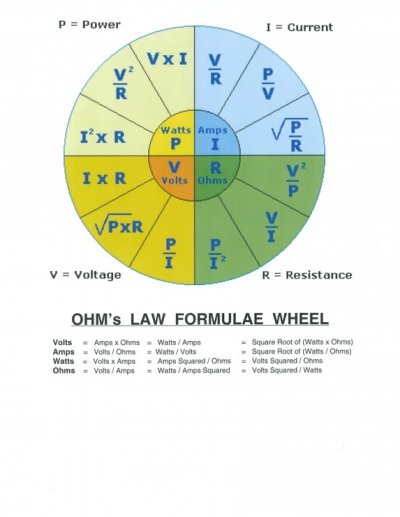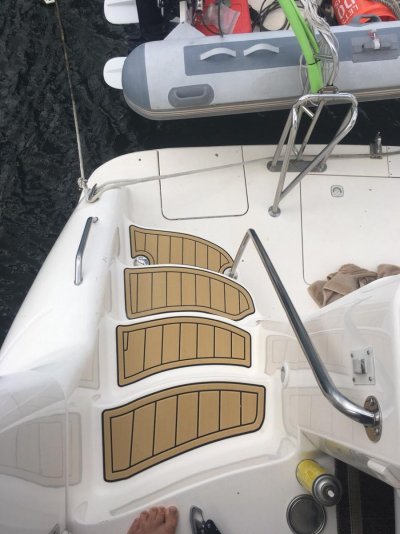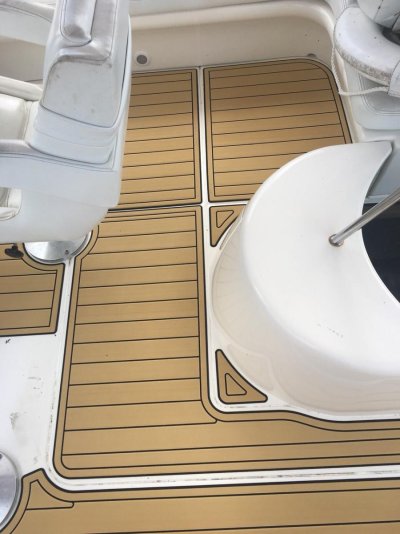k9medic
Senior Member
We stayed in the Bahamas at the same marina from July 6th through July 21st.
Our total electric bill was $723.91 plus $86.87 for the VAT. We used a total of 1113kw according to my math. That comes out to about 3.3kw per hour with everything on (3 A/C's hot water heater, etc...)
Skimping on the food in the freezer is not an option. We plan on packing the freezer with as much as possible and then bring over what we need when we fly over.
I did make an arrangement for one of the local guys that I know to check on the boat for me while I'm gone but I still need to solve for the electricity issue.
As dhays said, I can recoup a lot of electricity cost over the 5 months that the boat will be there that way.
I just looked into 6 volt deep cycle golf cart batteries. I could drop two of them in there and get 500aH and since they don't have to start anything, I could probably draw them down to around 30% which is 350 aH.
If I drop two 100 watt solar panels on the top of my hard top then I could possibly see 150 watts an hour. So let's say a total of 750 watts on a 5 hour day sunny day.
Is this math coming out better?
Our total electric bill was $723.91 plus $86.87 for the VAT. We used a total of 1113kw according to my math. That comes out to about 3.3kw per hour with everything on (3 A/C's hot water heater, etc...)
Skimping on the food in the freezer is not an option. We plan on packing the freezer with as much as possible and then bring over what we need when we fly over.
I did make an arrangement for one of the local guys that I know to check on the boat for me while I'm gone but I still need to solve for the electricity issue.
As dhays said, I can recoup a lot of electricity cost over the 5 months that the boat will be there that way.
I just looked into 6 volt deep cycle golf cart batteries. I could drop two of them in there and get 500aH and since they don't have to start anything, I could probably draw them down to around 30% which is 350 aH.
If I drop two 100 watt solar panels on the top of my hard top then I could possibly see 150 watts an hour. So let's say a total of 750 watts on a 5 hour day sunny day.
Is this math coming out better?




